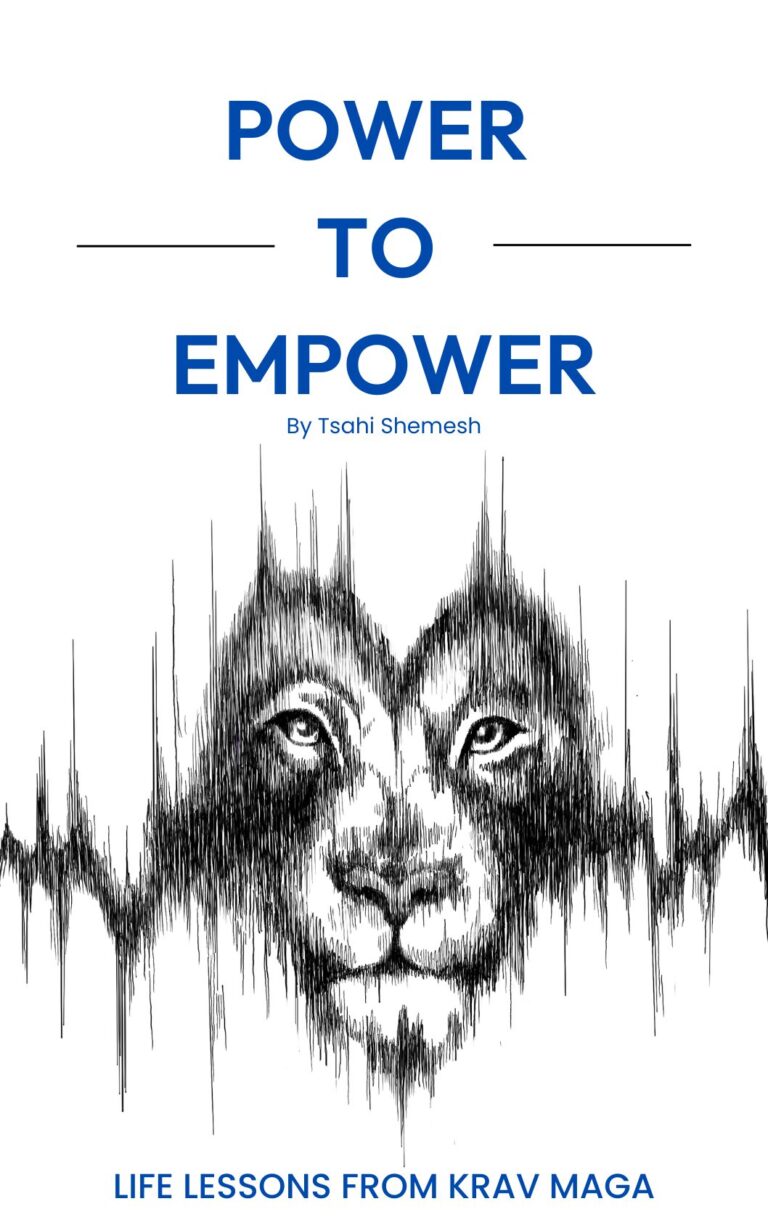Grounded in Science: Contact Sports Make Kids Smarter, Stronger, and More Secure.
I have seen hundreds of kids change through training. I have seen them walk in unsure, disconnected, fidgety, and leave standing tall. I have seen children who could not make eye contact eventually coach others, speak up, and lead. And the most important part is this: their transformation didn’t come from lectures, therapy, or compliments. It came from structured physical training. From contact. From the challenge. From progress earned in real time.
Now, finally, research is starting to catch up.
A new study out of the University of Koblenz and the University of Regensburg examined what happened when 45 ten-year-old children took part in a ten-week program. Seventeen of them trained in boxing. The rest did not. After just ten weeks, the children in the boxing group showed significant improvements in two key areas. First, they performed better in mental rotation tasks, which are a measure of spatial thinking and brain development. Second, they rated themselves more highly in physical, academic, and social self-concept.
That means they got sharper. And they felt stronger.
What makes this study especially important is how fast those changes occurred. Ten weeks. That is a school term. That is the length of one season of training. We are not talking about years of practice. These results happened fast. And they happened through contact training. Not games. Not lectures. Not team sports with limited physical engagement. Contact.
Although the study focused on boxing, what it revealed is true across all contact-based martial arts. We see it every day at Krav Maga Experts.
When you put a child in a structured training environment that includes contact, feedback, and pressure, you unlock something different. They stop hiding. They start adapting. They build self-worth that is not based on compliments but on proof.
Let me explain what happens and why.
Training Builds the Brain
People are still surprised to hear that martial arts improve thinking. They assume we are just teaching people to punch and kick. But real training builds far more than muscle. It develops the nervous system. It changes how the brain processes information. The study focused on “mental rotation,” which means the ability to visualize how objects move and shift in space. That is one piece of spatial intelligence. It is important for math, navigation, and decision-making under pressure.
But here is what matters more: it is trainable. And physical movement, especially movement under tension is one of the most effective ways to improve it.
When kids train in Krav Maga, they learn to read patterns. They anticipate direction. They coordinate left and right. They learn timing. They learn to recover from failure without freezing. These are all cognitive processes. And the longer they train, the more automatic those skills become. It is not a theory. It is a neurological reality. When the brain and body are trained together, they wire together. That is how instincts are built. And that is how better thinking emerges under stress.
Contact Keeps it Honest
What makes contact sports different is the type of feedback they provide. When you make a mistake in contact training, you feel it, not in a harmful way, but in a clear, immediate way. Your partner lands a strike. You miss a defense. You get taken down. That is how you learn through real feedback. There is no room for self-deception or guessing. You adapt. You adjust. You figure it out.
This is exactly what the kids in the study experienced. As they trained, their ability to move and respond in real time improved. And so did their self-perception. They started to see themselves as capable. They earned that shift. That is the difference between praise and confidence. Praise is something others give you. Confidence is something you own.
That is also why their academic and social self-image improved. These are not isolated categories. A child who feels more physically secure will speak up more in class. A child who knows how to handle discomfort will navigate friendships with more maturity. A child who knows how to fight does not walk around trying to prove it. They already know.
I Have Seen This Happen Too Many Times to Call It a Coincidence
The first few weeks of training can be messy. Kids may resist. They may act out. They may avoid. But something happens when you keep showing up. They settle. They start to pay attention. They develop pride in their movement. They stop needing external validation because they are building something internal.
I have seen the kid who never made eye contact become the one who tells the new student what to expect. I have seen the girl who panicked in every drill hold her ground and take control in a high-stress scenario. I have seen adults cry after class because, for the first time, they did something they never believed they could do.
There is something deeply human about learning to manage your body under stress. It is one of the oldest forms of education we have. And yet in most schools, it is not even considered. We tell kids to sit still. To perform academically. But we do not teach them how to handle adrenaline. Or confrontation. Or fear. We let them grow up unprepared.
This Should Be Mandatory
Training like this should not be optional. It should be a part of every child’s education. Not just for self-defense, but for cognitive development. For emotional regulation. For identity formation.
When we neglect physical skills, we are not just creating weaker bodies. We are creating more fragile minds. We are telling kids they can succeed in the world without learning how to handle pressure. That is a lie. And they know it. That is why anxiety is rising. That is why confidence is falling. Kids are smart. They know they are not ready.
What this study shows is that readiness can be built. Quickly. Effectively. Safely. With the right environment and the right structure.
This Is What We Do
Every single class is built to stretch people to their better, more capable selves. We teach people how to face difficulty, how to make decisions in motion, how to recover when things go wrong, and how to move through life with greater awareness and confidence.
We do it through reps. Through coaching. Through structure. Through contact.
If you are a parent and you want your child to grow up capable, give them this experience. Do not wait until they are older. Do not assume they will figure it out later. Let them build the tools now. Tools that transfer to every area of life.
And if you are an adult and feel like something is missing, show up. Learn what your body can do. Let the training reshape your mind the way it has for so many others.
I hope studies like this keep coming. But I do not need a study to tell me what I have already seen. When you give people real training, they change. They do not just move better. They think better. They carry themselves differently. And they pass that strength on to the people around them.
Do something amazing,
Tsahi Shemesh
Founder & CEO
Krav Maga Experts


My dance teacher said, “If you can control your body, you can control your life.” The mind body connection is a powerful thing. I would be happy to work with you on developing school curriculum for Krav Maga to offer the NYCDOE.